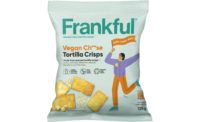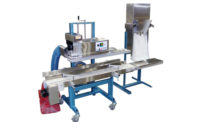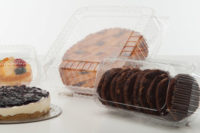A consumer’s first impression of a product starts with its packaging. Meanwhile, packaging can tell consumers about the environmental values of the products they're buying. But, sometimes those enviro-friendly ideals don't transfer to the packaging itself.
A consumer's first interaction with a product is its packaging. The way a box looks communicates certain things about the brand: Food marketed to children comes in brightly colored packaging with cartoon characters or animals on it, while food marketed for adults comes in packages that highlights health benefits. Packaging can also highlight a brand name for products like cosmetics, jewelry or clothing where people are often paying for the specific brand as much as they are for the product. Ultimately it's a marketing tool-it catches a consumer's eye first and then, hopefully, keeps them from turning their attention to other products.
But packaging can also tell consumers about the environmental values of the products they're buying. Sometimes it's as subtle as a garage door to the face: Products may have the word “green,” “nature” or “environment” in their brand, but it can also be a small seal or certification highlighting a certain environmentally friendly aspect. Unfortunately, those ideals often don't transfer to the packaging itself; most items come in single-use boxes or bags, which are used once and then thrown away.
With growing concern about the nation's surging landfills, they may be changing. There are biodegradable potato chip bags and products advertising that they come in smaller containers. It's not just limited to food. Clothing and cosmetics are getting involved, too.
Making sustainable products is important, but it’s becoming clear that sustainable packaging can be just as important as the product. Instead of using an excessive amount of material that’s difficult to recycle and produce, companies are looking at smaller packages and reused materials. They can give consumers peace of mind when shopping, which could make consumers more likely to buy the item in packaging that’s better for the environment.
Source: www.earthtimes.org
Get our new eMagazine delivered to your inbox every month.
Stay in the know on the latest snack and bakery industry trends.
SUBSCRIBE TODAY!Copyright ©2024. All Rights Reserved BNP Media.
Design, CMS, Hosting & Web Development :: ePublishing



